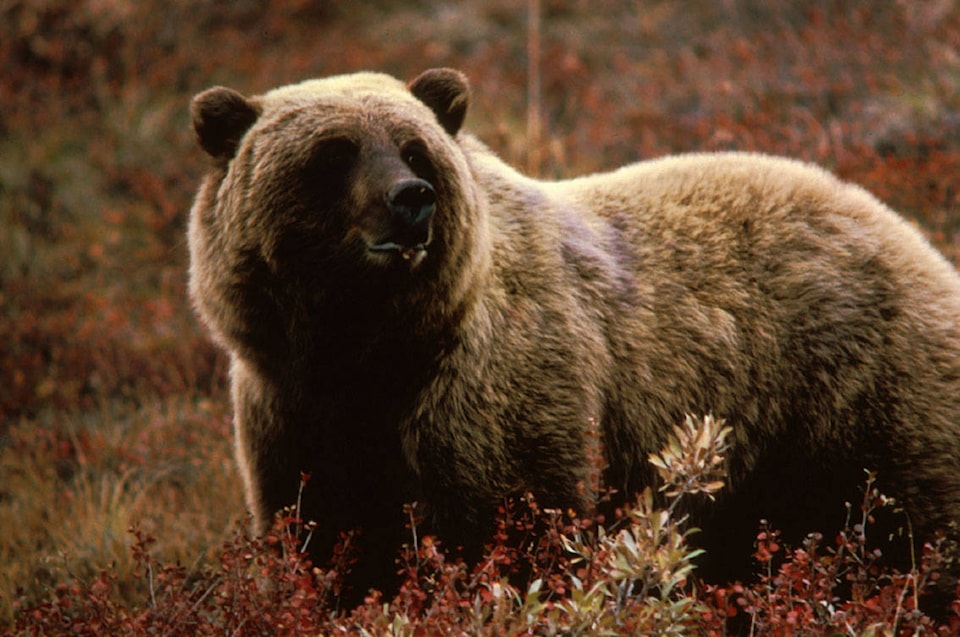A juvenile grizzly mock-charged a Nelson resident multiple times in Uphill Wednesday evening, according to the Nelson Police Department.
And he’s lucky to be alive.
“If that had been an adult, we wouldn’t have had the same results,” Special Cst. Terry Kidd told the Star.
“Because it was a young grizzly, it seems it was testing the boundaries. If it had been an adult that charged, it wouldn’t have stopped.”
The approximately 30-year-old man was walking near the cemetery and the rail trail around 7 p.m. when the grizzly mock-charged him multiple times. The man held his ground, refusing to turn his back, and once the grizzly gave some ground he ran for safety.
“It came at him, then he backed up, it came at him again, and he backed up again. You’re supposed to make yourself big, and you can’t turn your back, so that’s what he did. That’s why he’s still alive,” said Kidd.
The man didn’t want to be identified but wanted to ensure residents know about the potential danger. The city is posting caution signs and warning residents to be cautious and bear-aware while hiking in that area.
In the meantime, the Regional District of Central Kootenay (RDCK) has closed a portion of the Nelson-Salmo Great Northern Trail from Stanley Street to Cottonwood Lake. The closure will be in effect until further notice.
From the RDCK’s news release: “Collared bear data has shown the area from Cottonwood Lake to Hall siding, particularly the areas of Apex and Camp Busk, are heavily used by grizzly bears in the spring. The bears use this area because of its high valued forage habitat. In most cases the bears move on to higher elevations by the middle of June. It is felt that an annual closure will help ensure public safety and benefit the local bear population from over exposure.”
